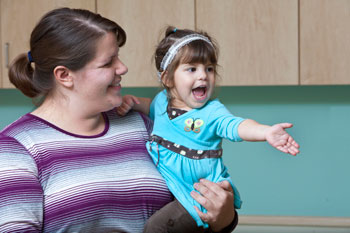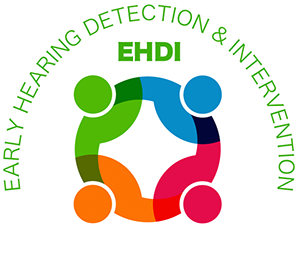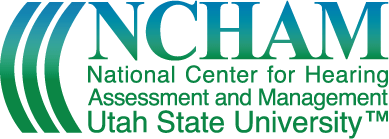Last Modified: 06/21/2023
IX. Providing Family-Centered Communication and Support

Families deserve to have information about the resulting evaluation provided to them in a timely manner and delivered to them by someone who can thoroughly explain the results and ensure that appropriate follow-up steps occur. There is a significant risk of harm to the family if certain information is dispensed by person(s) other than the diagnosing audiologist once the tele-audiology connection has ended. The family is likely to have additional questions and may not have ready access to the diagnosing audiologist. This could lead to questions being directed to the assistant, which is inappropriate in most cases. That being said, it is essential that the roles of the audiologist and the assistant in regard to sharing results and next steps are clearly defined.
Professional Approaches
Professional approach models for concluding the session.
- Diagnostic results are shared with the family by the diagnostic audiologist immediately after completion of testing. If results of diagnostic evaluation for the infant are:
- Normal: The audiologist takes the opportunity to provide the family with information about delayed onset hearing loss and expected speech and language milestones.
- Has risk factors for delayed onset or progressive hearing loss: A schedule of follow-up is developed with the family’s cooperation.
- Hearing loss is confirmed: The audiologist shares those results and implications with the family immediately following completion of the evaluation.
- The diagnostic audiologist concludes the session by informing the family that an audiologist in the family’s community will be contacting the family with the results. This model is based on research showing that families form a significant relationship with the diagnosing audiologist (Pretto et al. 2010). Therefore, it is viewed as detrimental to families in regions where the assessing audiologist (via tele-audiology) is not the audiologist who will be involved with the family following diagnosis.
The American Speech-Language-Hearing Association (ASHA) provides Guidelines for Audiologists Providing Informational and Adjustment Counseling to Families of Infants and Young Children With Hearing Loss Birth to 5 Years of Age
Regardless of the approach, the results should be shared in a positive way, using the same principles for delivering news during in-person audiological evaluations. This sensitive interaction requires a high-quality video and audio connection between the specialist’s site and the parent/caregiver’s site. Questions from the family should be answered in a straightforward and empathetic manner with direction to resources for families of children who are deaf or hard-of-hearing. Care should be taken to ensure information and resources are shared without a bias around communication modes or methodology. The family should be empowered to choose the communication mode or method that best matches their child’s needs in light of the family’s values, goals for their child, and the child’s own inclinations and abilities.
Early Hearing Detection and Intervention-Pediatric Audiology Links to Services (EHDI-PALS) website can be used to find convenient resources for the family.
It is essential that the tele-audiology program determines which person/site is responsible for ensuring comprehensive, coordinated, and timely referrals and sending of information. The assistant on the patient end can play an important role by obtaining signed consent for the release of information and ensuring the information is sent to referral entities, including the state EHDI program and the child’s primary care provider. Any newly diagnosed early childhood hearing loss should result in a referral to pediatric otolaryngology. Other medical referrals to consider include ophthalmology, genetics, neurology, cardiology and nephrology. Making a referral and sharing the information with the family’s local Part C Early Intervention program is important not only for an infant with confirmed hearing loss but also for any child for whom the family or the audiologist has concerns pertaining to health or development.
Helpful Resources:
References
- The American Speech-Language-Hearing Association. (2008). Guidelines for audiologists providing informational and adjustment counseling to families of infants and young children with hearing loss birth to 5 years of age. https://www.asha.org/policy/gl2008-00289/
- Pretto A, Harrison M. Comprehensive Handbook of Pediatric Audiology. 2010. Family-centered approaches.
- Vanderbilt University Medical Center. (2013, September 5). Telemedicine initiative allows remote hearing tests for newborns. ScienceDaily. https://www.sciencedaily.com/releases/2013/09/130905101729.htm


